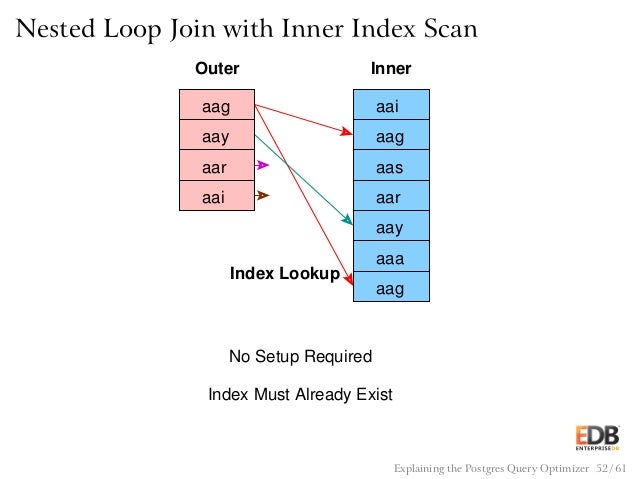

When QPM is not enabled, the optimizer simply executes this minimum cost plan.When the optimizer processes a SQL statement, it generates a minimum cost plan.For additional details, refer to QPM basics in the Amazon Aurora documentation. Steps 1 to 9 in the flowchart are explained below the flowchart diagram. QPM automatically detects new minimum-cost plans and controls when new plans may be used and adapts to the changes. QPM prevents plan regression and improves plan stability when any of the above changes occur in the system. QPM primarily serves two main objectives: The Aurora PostgreSQL Query Plan Management (QPM) feature solves the problem of plan instability by allowing database users to maintain stable, yet optimal, performance for a set of managed SQL statements. Minor version or major version upgrades to the PostgreSQL database version.Changes to the bind variables used in the query.Changes to the schema, such as adding new index.Changes to the query planner configuration parameters.Change in optimizer statistics (manually or automatically).There are various factors that can unexpectedly change the execution plan of queries. Another major cause for response time variability is query plan instability. To decouple the logging and storage layer, we implement a log-based storage subsystem. On Aurora PostgreSQL, we have addressed this problem by eliminating database checkpoints. It’s often a trade-off between performance and recoverability. One of the major sources for variability in PostgreSQL database performance is the checkpoint process. Also, enterprises need stable and consistent performance during various system changes on Aurora PostgreSQL-compatible databases. Enterprises that run their database workloads for critical applications require optimal database performance. The feedback from several enterprise customers who have migrated their databases from Oracle and Microsoft SQL Server to Amazon Aurora suggests two things. Like all AWS services, the roadmap for Amazon Aurora PostgreSQL is driven mostly by customer feedback and requests for product enhancement.


 0 kommentar(er)
0 kommentar(er)
